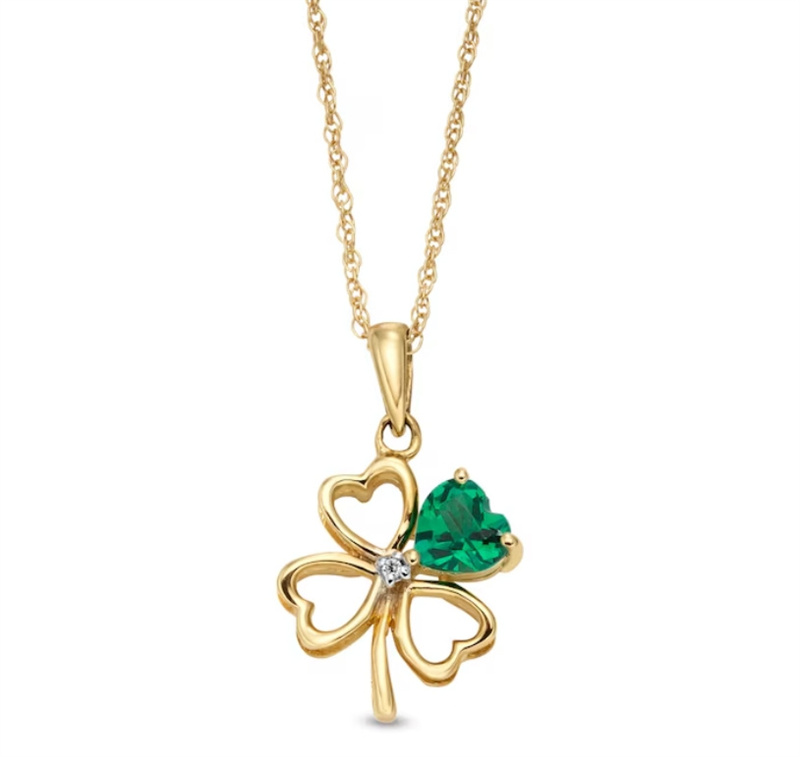How Thick Should Electroplating Be for Custom Jewelry? A Comprehensive Guide
Outline:
-
Introduction
-
Understanding Electroplating in Jewelry
-
Why Thickness Matters
-
Common Electroplating Thicknesses in the Jewelry Industry
-
Cost vs. Durability: Finding the Right Balance
-
Electroplating for Different Price Ranges
-
Budget Jewelry (Under $100)
-
Mid-Range Designer Jewelry ($100–$1000)
-
High-End Custom Jewelry ($1000+)
-
-
Factors Influencing Electroplating Thickness
-
Material of the Base Metal
-
Type of Gold or Plating Material Used
-
Intended Use and Wear Duration
-
-
Industry Standards and Guidelines
-
Real-World Case Studies
-
How to Choose the Right Plating for Your Needs
-
Tips for Maintaining Electroplated Jewelry
-
Future Trends in Jewelry Plating Technology
-
Conclusion
Introduction
When it comes to custom jewelry, beauty, durability, and cost are always in delicate balance. One critical but often overlooked factor that plays a massive role in all three aspects is electroplating thickness. Whether you’re designing a statement necklace for occasional wear or a cherished ring for daily use, understanding how thick the plating should be can make or break the piece—literally and figuratively.
This article explores the nuances of electroplating thickness in jewelry: what it is, why it matters, and how to make informed choices depending on your needs and budget. With insight from current industry practices, this guide aims to clarify how to strike the right balance between durability, aesthetics, and cost when it comes to electroplating custom jewelry.
Understanding Electroplating in Jewelry
Electroplating is the process of applying a thin layer of metal onto the surface of another metal. In the jewelry world, it’s commonly used to coat pieces made of less expensive metals (like brass, copper, or stainless steel) with more luxurious and desirable metals like gold, rhodium, or silver. The process not only enhances the look and feel of a piece but also contributes to its resistance to tarnish and corrosion.
Electroplating involves submerging the jewelry piece into a solution containing metal ions and using electrical current to deposit those ions evenly across the surface. The result is a beautiful, lustrous coating that can vary in thickness depending on the application, desired quality, and budget.
Why Thickness Matters
Electroplating thickness is often measured in microns (μm) or sometimes in microinches. To put it into perspective:
-
1 micron = 0.001 millimeters = 0.000039 inches.
Though these numbers may seem small, they make a significant difference in a piece’s durability and appearance. A thicker layer of plating means:
-
Longer-lasting color: Thicker coatings are less prone to fading or tarnishing over time.
-
Better resistance to wear: Especially for items like rings or bracelets that are exposed to frequent contact and friction.
-
Higher cost: Thicker plating uses more precious metal, increasing material and processing costs.
Thus, choosing the right thickness involves evaluating how the piece will be used, how long it should maintain its appearance, and what the client is willing to pay.
Common Electroplating Thicknesses in the Jewelry Industry
While standards may vary slightly across regions and manufacturers, there are some generally accepted thickness ranges used in the industry:
-
Basic Flash Plating (0.03–0.05 microns)
This is the thinnest and most cost-effective form of electroplating. It provides a bright finish but is purely aesthetic and wears off quickly—usually within weeks or a couple of months if worn frequently. -
Standard Fashion Jewelry (0.1–0.5 microns)
Often used for inexpensive pieces, this thickness can maintain appearance for a few months with occasional wear. It’s the go-to for many fast-fashion brands. -
Quality Costume Jewelry (0.5–1 micron)
A thicker coating, better suited for moderate wear. Typically used in mid-tier designer pieces where longevity is expected to be 6–12 months with proper care. -
High-End Jewelry (1–2.5 microns)
Plating at this level can last years, especially with good maintenance. Pieces in this category are usually priced in the mid to high hundreds or thousands. -
Vermeil and Heirloom Quality (2.5 microns and above)
According to US standards, Vermeil jewelry must have at least 2.5 microns of gold plating over sterling silver. These pieces are built to last and priced accordingly.
Cost vs. Durability: Finding the Right Balance
One of the most significant trade-offs in jewelry electroplating is between cost and durability. The thicker the layer of gold or precious metal used, the longer the plating will last—but also, the more expensive the piece becomes. Gold, in particular, is priced by weight, so even small increases in thickness can have a considerable impact on cost.
Manufacturers typically design jewelry to meet a certain oxidation resistance timeline, such as:
-
3 months without visible wear
-
6 months with occasional use
-
1 year or more for regular wear
To meet these goals, factories select plating thicknesses accordingly, often balancing between customer expectations, price point, and production costs.
